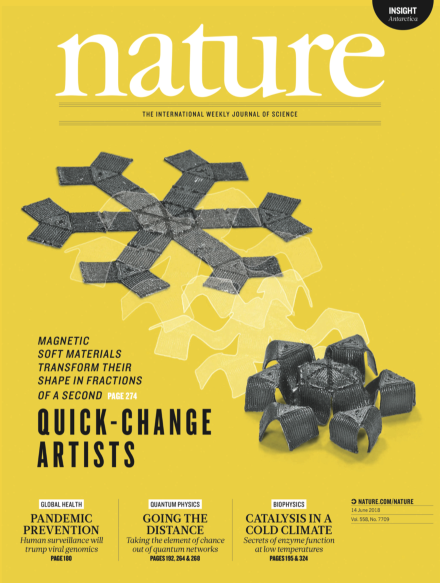Volume 558 Issue 7709, 14 June 2018
This Week
-
Editorial
-
-
World View
-
Research Highlights
-
Seven Days
News in Focus
-
News
-
Features
Comment
-
Comment
-
Books and Arts
-
Correspondence
-
Obituary
Technology
-
Technology Feature
Careers
-
News
-
Features
Futures
Research
-
News & Views
-
Insight
-
Antarctica
Insight:
-
-
Reviews
-
Perspectives
-
Analysis
-
Articles
-
Letters

